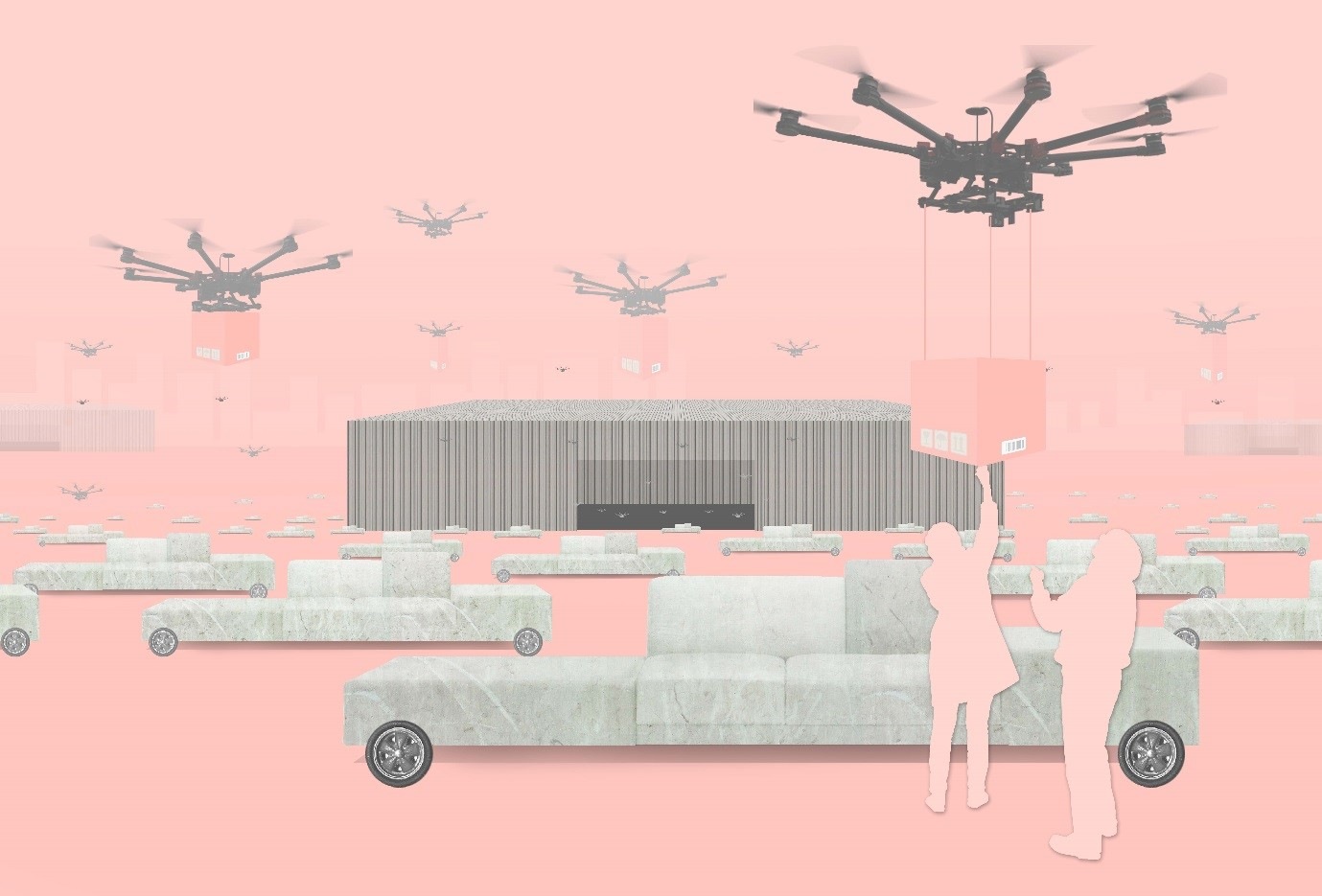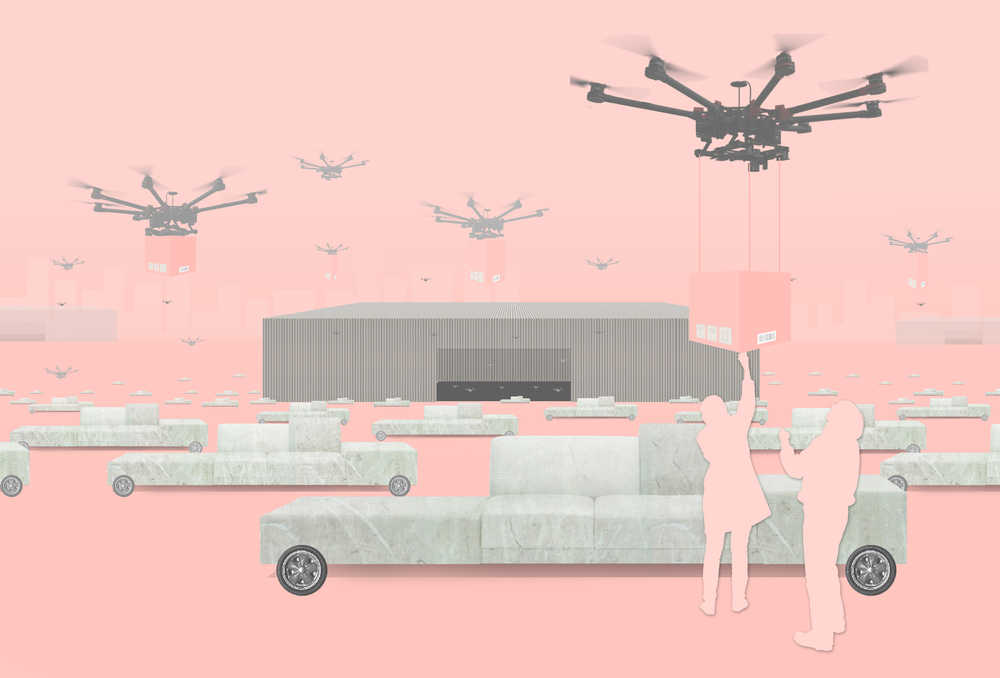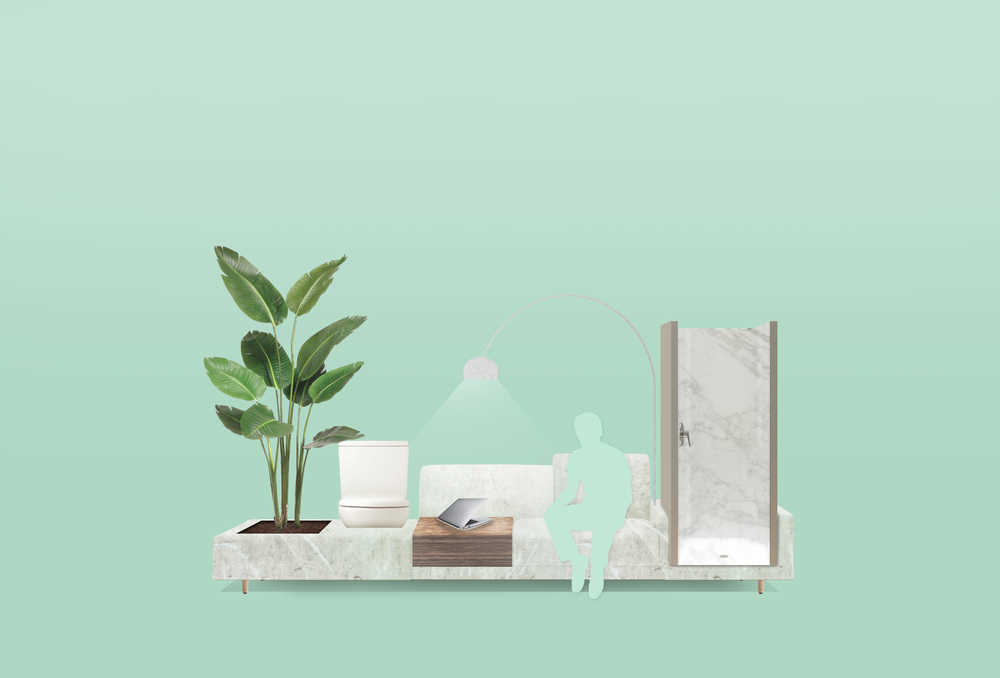

Speculations on the Future of 'Owning' Domestic Objects
In this post, we speculate broadly on how changing trends in ownership might reshape our future relationships with objects in domestic space. We recognise that any such changes would likely occur unevenly in space and time, and that all discussions of the Internet of Things carry substantial privacy concerns. Our intention here is merely to briefly ponder the relationship between changing concepts of ownership and their relationship to modes of living.
According to Forbes, already back in 2008 more objects than people were connected to the Internet and some pundits predict that by 2020, the number of Internet-connected things will reach, or even exceed, 50 billion.
Whilst many objects are designed to become obsolete after a certain period of time (planned obsolescence), others are not used to their full potential. 'Rentership', a progressive model of ownership cultivated by the Sharing Economy can bridge the gap between the supply and demand of these objects, allowing them to reach optimal operation and thus value. Employing the approach of a Circular Economy will mean that the lifespan of an object does not end with its initial user and a more sustainable form of living will result.
Platforms like SnapGoods already attempted to connect people to others in their neighbourhood or network who wanted to rent or borrow objects and thus avoid the need for ownership. However this model proved unsuccessful because the logistics are not yet in place to facilitate this level of sharing with sufficient ease or speed. Even so, certain kinds of objects are already commonly rented to facilitate flexible urban living – objects needed only rarely like power tools or objects used for mobility such as cars and bicycles. We therefore want to imagine how the rentership model might look when applied to domestic, household objects for which renting schemes viable over the long term do not yet exist. Furthermore, once embedded with internet connectivity, the ‘things’ of IoT will have the capacity to survey how we use them, to reveal the patterns of our use and to modify their form and function to better suit our individual needs. Beginning with these premises, we explore their consequences on how we live, or how we might Superlive.

What if we no longer own objects?
We envision that many domestic objects will be shared between many individuals, obscuring the boundaries between public and private in our homes. We will buy the rights to access them on demand, effectively renting them through a subscription model over a duration of our choosing.
Objects could move around according to our needs.
Objects will be mobile and travel wherever we need them to be. As a result, they will increasingly be designed for transportability. Larger items could be disassembled into smaller components that are scaled to delivery drones.
When not in use, the objects could be stored in repositories while awaiting redistribution.
When we are ‘finished’ with an object, we won’t discard it but will instead engage in a circular economy by sending it to a repository where it waits for someone else to ‘order’ it. (For a more detailed picture of what these repositories - which are really logistics centres - could look like, see our Mobility+ post here.)
Imagine you plan an extended holiday – three months away from home.
In the current paradigm of rentership, you could arrange for someone else to rent your home through a service like AirBnb. However, not everybody is comfortable with this model of sharing their entire home. In the new ownership paradigm of a continuous cycle of renting we envision that you could stop renting certain objects – say a vacuum cleaner, or a sofa – when you leave. Upon your return, you could start renting another vacuum cleaner or sofa of a similar or a completely different type.

What if objects could adapt dynamically to our personal needs?
What makes your bed ‘your’ bed in this system? During the time that we rent an object, it would survey our physiology and emotions as we use them. They would collect data for analysis and reveal suggestions for customisation.
They could evolve, constantly changing to adapt to us.
We envision a framework that would allow for quick customisation to create hybrid objects that constantly change.
We would build them over time.
These objects defy obsolescence through constant updating.
If an object could assume multiple functions, we would need fewer items.
The compression of multiple objects into one could help us save time managing a multiplicity of objects. Consider, for example, a sofa that produces a reading lamp or a chair that can also become a ladder.
And when we no longer want a customised object?
Upon its return to a repository, the object could revert to a ‘standard’ form, awaiting to adapt anew to the needs of its next user. Further yet, the object, whether customised or not, could undergo routine maintenance.
To return to the holiday example, when you stop renting your sofa and vacuum cleaner, they are returned to a repository where they can either be reupholstered or have broken parts replaced, respectively, before being made available to rent again.
Authors: Emily Yan, Ryszard Rychlicki and Luke Tan